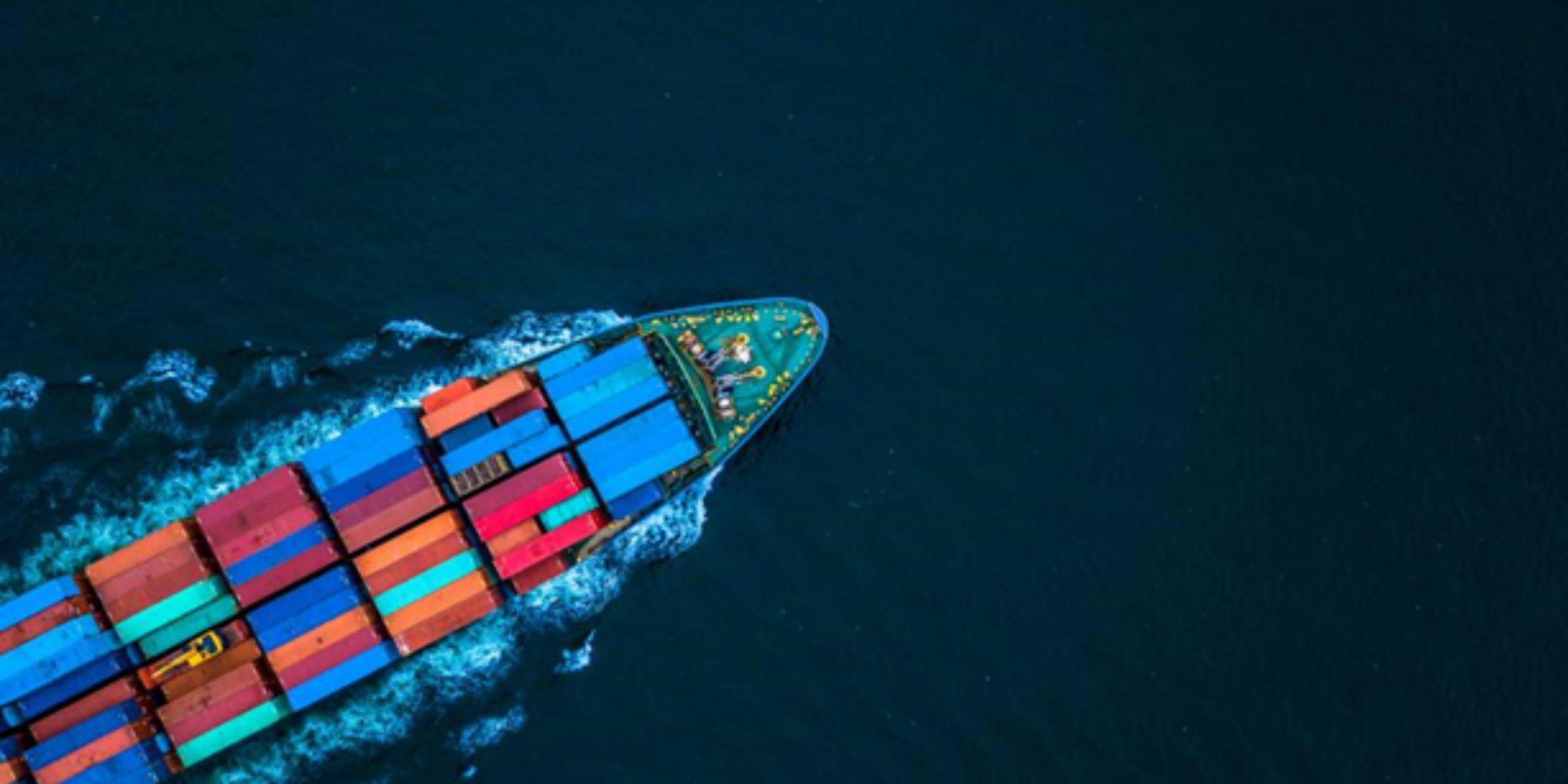CINEA organised a workshop to showcase CINEA EU funded projects in the area of green shipping on 8 December 2022, to discuss:
- The contribution of a selection of EU funded projects to the decarbonisation of the shipping sector;
- The framework conditions that can facilitate the development, market uptake, and transferability to fishing fleets of sustainable innovative solutions;
- Ongoing and forthcoming EU initiatives addressing green shipping.
The event was an opportunity for sharing knowledge between organisations that are implementing on the ground solutions for green shipping, and EU policy makers.
The presentations are now available on the event webpage
Policy background
Shipping has a great value for the economy and, at the same time, it is facing several challenges due to the high fuel prices and to the environmental pressure.
From an economic point of view, maritime transport is an essential element of global trade. In 2019, the EU Maritime sector generated a Gross Value Added of EUR 34.3 billion. In the EU, it carries 77% of external trade and 35% of intra-EU trade.
EU passenger ships can carry up to 1.3 million passengers, representing 40% of the world’s passenger transport capacity. EU ports handled close to 4 billion tonnes of goods, accounting for around half of all goods by weight traded between the EU-27 and the UK, and the rest of the world.
From an environmental point of view, greenhouse gas emissions as well as air pollution and particulate matter from shipping and port activities contribute to global warming, leading to an increase in extreme weather events and sea level rise, among others. Maritime transport emits around 940 million tonnes of CO2 annually and is responsible for about 2.5% of global greenhouse gas emissions. These emissions are expected to increase significantly if mitigation measures are not put in place swiftly.
At the same time, there is significant untapped potential to reduce shipping emissions. On 14 July 2021, the European Commission adopted a series of legislative proposals setting out how it intends to achieve climate neutrality in the EU by 2050, including the intermediate target of an at least 55% net reduction in greenhouse gas emissions by 2030 compared to 1990 level (Fit for 55 package).
The package includes the Fuel EU Maritime Initiative that is expected to stimulate the uptake of sustainable maritime fuels and zero-emission technologies by setting a maximum limit on the greenhouse gas content of energy used by ships calling at European ports.
More information
Get to know more about Maritime Transport in the EU Blue Economy Report 2022
Check out the green shipping projects in the EMFF portfolio
Read about all the Maritime Transport projects funded under EMFF
Have a look at the main results of European collaborative R&I to Waterborne transport
Source: European Commission I CINEA (https://bit.ly/3lzn4cB)
